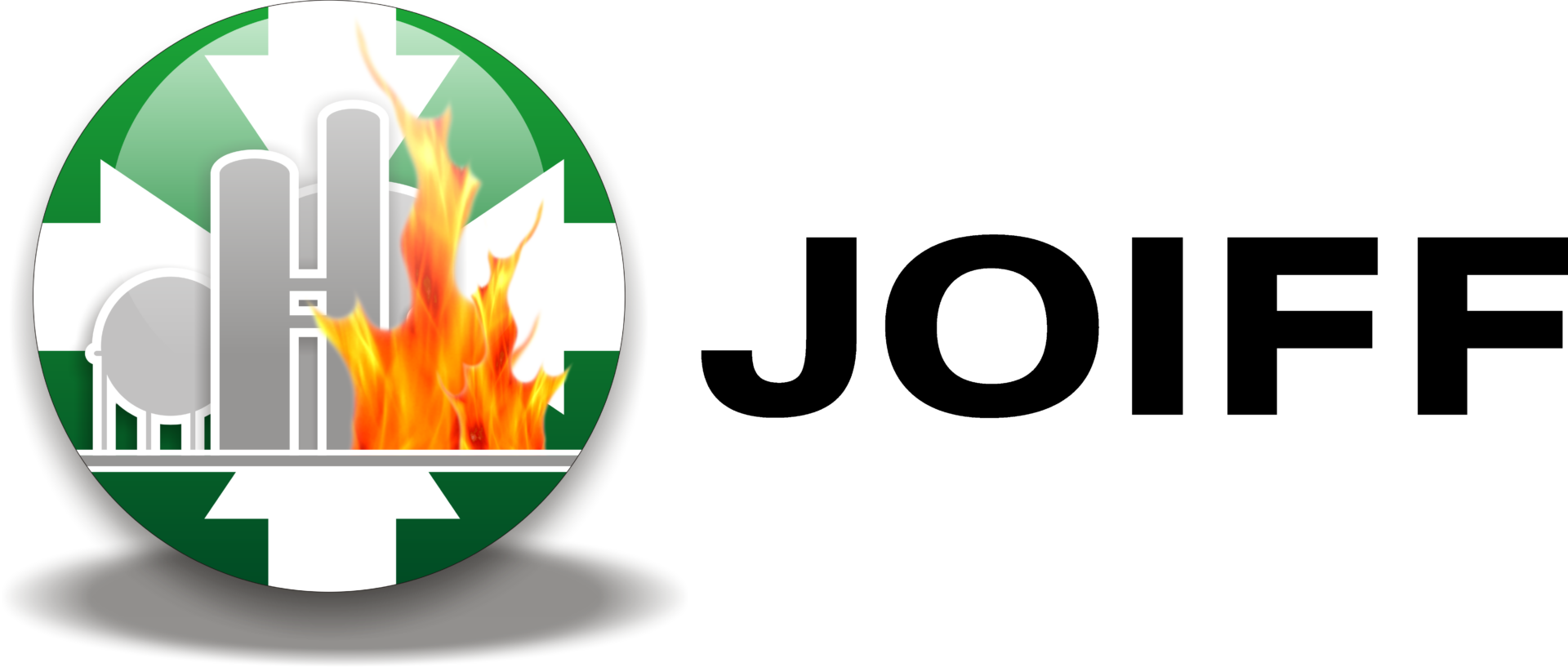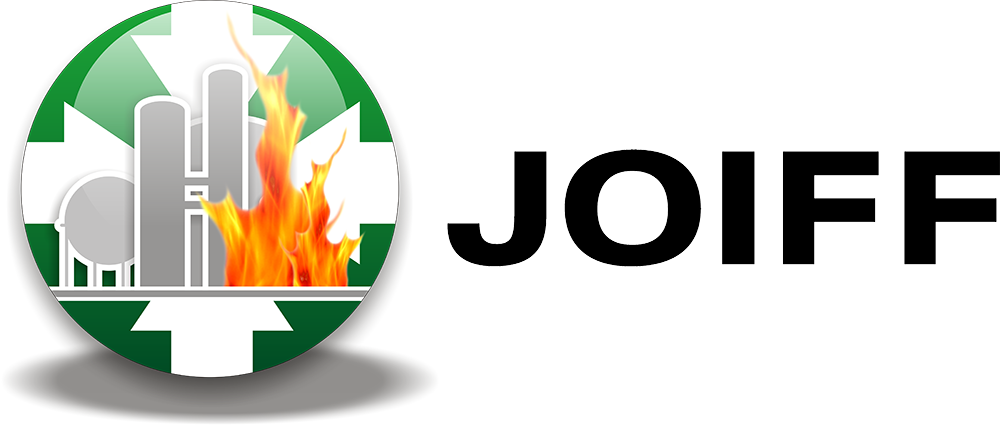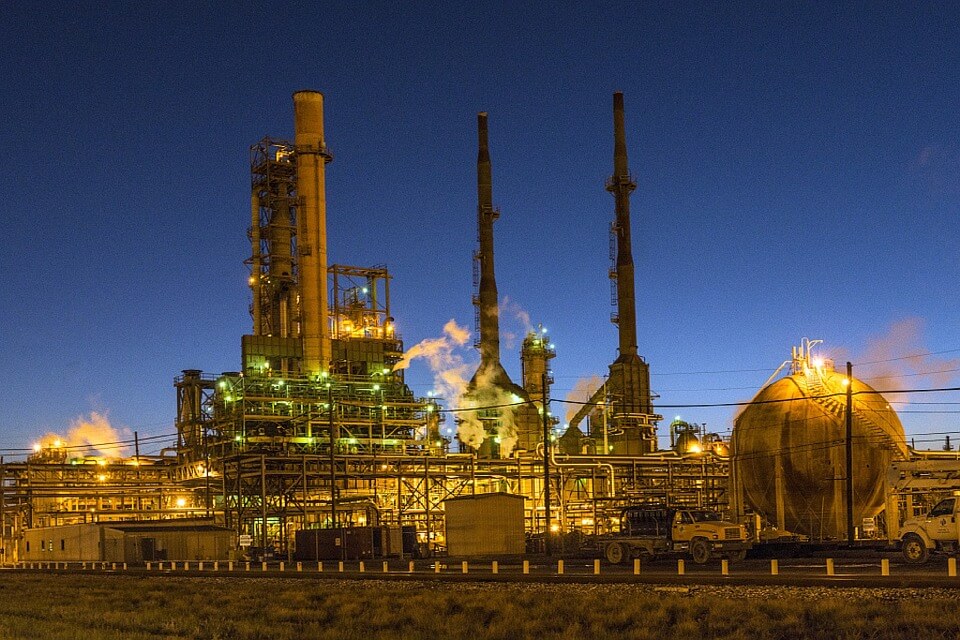U.S. Oil Companies Evacuate Workers and Cut Back Drilling Ahead of Storm Francine
On Monday, oil and gas companies operating in the Gulf of Mexico began evacuating workers and reducing drilling operations as Tropical Storm Francine moved toward the area, according to various reports. The storm is forecasted to strengthen into the fourth hurricane of the Atlantic season and is expected to hit the Louisiana coast by Wednesday evening. Classified as a Category 1 hurricane, it could bring winds reaching 85 mph (137 kph), posing a threat of dangerous storm surges and high winds, particularly impacting Southern Louisiana.
In preparation for the storm, communities in New Orleans and surrounding areas have begun distributing sandbags to mitigate potential flooding. Grand Isle, situated at Louisiana’s southernmost point, has issued a voluntary evacuation order and canceled school activities for Tuesday. With its current path, the storm poses a serious threat to U.S. oil and gas infrastructure, including liquefied natural gas (LNG) export facilities along the coast. The National Hurricane Center (NHC) is forecasting storm surges of 5-10 feet (1.5-3 meters) along Louisiana’s coastline.
The Gulf of Mexico plays a vital role in U.S. energy production, accounting for about 15% of the country’s crude oil and 2% of natural gas output. Due to the potential impacts of the storm, U.S. crude oil prices saw a 1.5% rise on Monday, following a recent drop to multi-month lows. On the other hand, natural gas futures decreased by about 5%, amid concerns that the storm might disrupt LNG exports and cause power outages for homes and businesses.
Several major oil companies have already taken steps to safeguard their operations. According to reports, Exxon Mobil has stopped production and evacuated personnel from its Hoover offshore platform, located approximately 150 miles (241 km) east of Corpus Christi, Texas. Shell has evacuated non-essential personnel from three platforms and suspended drilling at two more. Chevron has also evacuated non-essential personnel from four offshore platforms, though production continues as normal. BP, however, expects minimal disruption to its Gulf operations. Occidental Petroleum and Woodside Energy have confirmed their readiness to implement storm response measures if needed. Freeport LNG, which operates the second-largest LNG export facility in the U.S., has started storm preparations, though specifics have not been revealed. Cheniere Energy, along with other LNG operators like Sempra and Venture Global LNG, have yet to issue updates on their facilities.
The NHC has also warned of heavy rain and potential flash flooding from northeast Mexico to the Texas coast, southern Louisiana, and southern Mississippi. In response, the U.S. Coast Guard has imposed navigation restrictions at several Texas ports, including Brownsville, Corpus Christi, and Freeport. However, as of Monday, ports in Houston, Galveston, and New Orleans remained open for vessel traffic, and the Louisiana Offshore Oil Port (LOOP) continued to operate normally. Texas authorities have urged residents to prepare for flash floods and heavy rainfall, while the state’s power grid has cautioned about possible localized outages if the storm affects the region.
Representative image credit: Technavio


